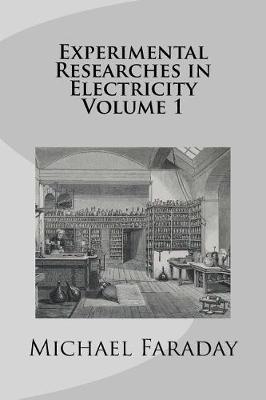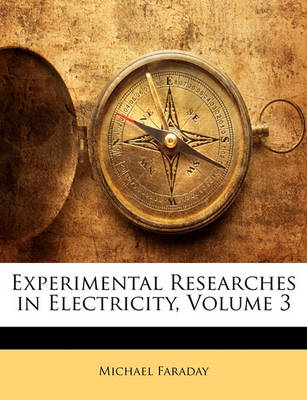Experimental Researches in Electricity 3 Volume Set
2 primary works
Volume 1
Originally apprenticed to a bookbinder, Michael Faraday (1791-1867) began to attend Sir Humphrey Davy's chemistry lectures purely out of interest. Although he soon recognised that science would be his vocation, there was no defined career path to follow, and when he applied to Davy for work he was gently told to 'attend to the bookbinding'. It was only after a laboratory explosion in which Davy partially lost his sight that Faraday was taken on as his amanuensis. From this difficult beginning stemmed perhaps the most famous scientific career of the nineteenth century. This three-volume collection of Faraday's papers provides a comprehensive record of a key branch of his work. Volume 1, reissued here in a second edition of 1849, covers his early work in electricity and magnetism, including papers on lightning, electric fish, and notes on the elaborate and often beautiful experiments conducted to investigate whether magnetism could produce electricity.
Volume 3
Originally apprenticed to a bookbinder, Michael Faraday (1791-1867) began to attend Sir Humphrey Davy's chemistry lectures purely out of interest. Although he soon recognised that science would be his vocation, there was no defined career path to follow, and when he applied to Davy for work he was gently told to 'attend to the bookbinding'. It was only after a laboratory explosion in which Davy partially lost his sight that Faraday was taken on as his amanuensis. From this difficult beginning stemmed perhaps the most famous scientific career of the nineteenth century. This three-volume collection of Faraday's papers provides a comprehensive record of a key branch of his work. Volume 3, first published in 1855, includes his landmark paper on the effect of magnetism on light (known now as the Faraday Effect), work on the chemical implications of magnetism, and a fascinating speculation on a link between electricity and gravity.

